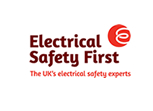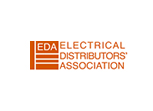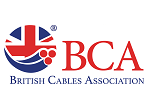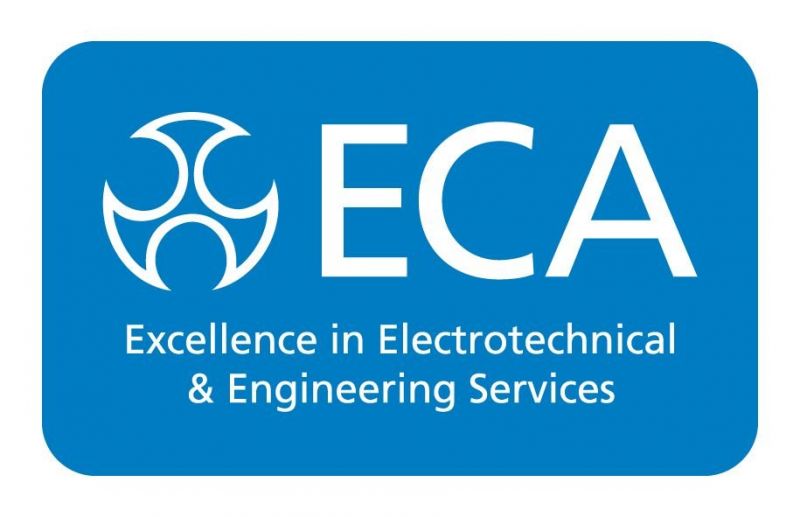ACI questions cable fitness for purpose

The Approved Cables Initiative (ACI) believes manufacturers hold the key to helping specifiers make better cable choices.
A rise in the number of cable failure reports has prompted the ACI to make the announcement; instances reported relate to where cable is compliant with relevant standards yet not fit for the intended purpose and installation environment.
ACI is advising specifiers that before making important cable specification choices it would be wise to speak with relevant manufacturers to ensure the appropriate standard is chosen, and therefore the suitable cable, to ensure the delivery of a safe and functional solution.
Dr Jeremy Hodge, British Cables Association Secretary General and ACI Director said: “Just because a product is compliant with a standard doesn’t mean it is necessarily fit for the purpose intended. We receive many reports of cable failure, where the cable purchased doesn’t perform properly. In most instances the issue lies with the fact these cables were not properly specified in the first place, rather than the problem being linked to a faulty or substandard cable.
“While cable compliance will be high on the list of requirements when specifying cable, a lack of specific cable knowledge and cable standards knowledge can mean that choices are not always made correctly, particularly when specific performance requirements such as fire safety are involved.
“The questions that the specifier should be asking are: Is this cable appropriate for the intended purpose and installation environment, will it provide the desired performance, and does it comply with all the necessary specification. Where the answers aren’t clear or forthcoming, checking with the manufacturer should quickly deliver the necessary information.
“A cable may be compliant with a particular standard, but a different cable standard may be needed for a particular application. Where specially customised cables are involved, it is important that the specification or standard provides what is required, and manufacturer input will be needed to understand more about a cable’s properties and suitability.
The ACI is also aware of several instances where non-standard cable, in particular CY, YY and SY cable, is purchased yet doesn’t meet the criteria for which it has been specified.
So, what is the difference between cable compliance and fitness for purpose?
Cables are installed in a range of environments where they may be subject to high or low temperature, to oils or chemicals, or to sunlight, for example. Where this information is missing from the specification problems may arise.
So, for instance, a distributor selling a cable won’t necessarily check with the manufacturer that the cable is suitable for the requirement; the contractor may not check the specification correctly and wrongly purchase a cable or the specifier may choose a cable solution that doesn’t go far enough. Manufacturers cannot anticipate all possible uses for a cable, and hence Guides to Use are included in many cable standards, providing advice.
Of course, there will always been rogue installers who know that their choice isn’t fit for purpose, or compliant with the installation requirements, but are prepared to take the risk.
And the ACI’s advice?
“It is the manufacturer who is best placed to ensure a cable meets a particular specification, but it is the responsibility of the designer / installer to ensure this is correct for their application. Manufacturers can advise on a particular cable’s performance and provide guidance where maybe a more tailored solution would be better”, continued Dr Hodge.
In addition:
Further advice is available by emailing info@aci.org.uk or visit www.aci.org.uk In order to test samples ACI requires a 5 metre sample of cable. If you have a suspect cable, please email the ACI to be supplied with a forwarding address for the cable sample.














